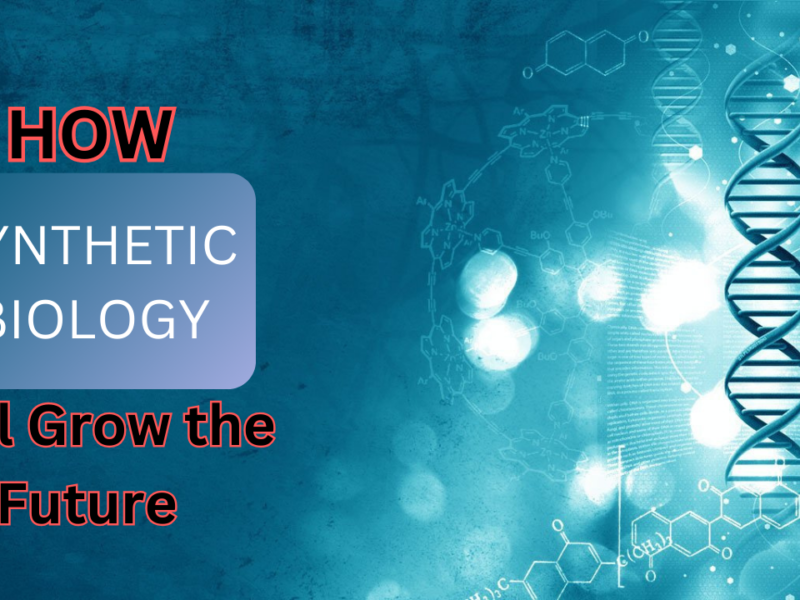In Hong Kong’s bustling district, I often watch students running around schoolyards and wonder how recent advancements in artificial intelligence (AI) will shape their lives. We are in the midst of an AI revolution with technologies like GPT-4, PaLM 2, Microsoft Copilot, DALL-E, Adobe Firefly, and MidJourney transforming how we generate text, images, audio, video, and synthetic data. These tools can accomplish remarkable tasks—such as writing a book in days or creating Van Gogh or Salvador Dalí-style art. Yet, these models lack creativity and common sense, relying solely on existing internet data.
Limitations of AI
For example, if a tourist in Hong Kong asks GPT-4 how to travel between Jordan and Mongkok East stations, the AI might suggest taking a train via different routes. However, common sense would reveal that walking is faster. While AI has limitations, it is reshaping education and the workplace. GPT-4 can serve as a personal tutor for students or a teaching assistant for educators, providing personalized feedback and guidance. AI tools streamline repetitive tasks, and according to a 2023 Goldman Sachs report, 18% of global work could be automated, with Hong Kong leading at 30%.
The Role of Educators in an AI-Driven World
As educators, our primary responsibility is to ensure students are “AI-proof”—resilient, adaptable, and equipped with skills that AI cannot replicate. Being AI-proof emphasizes leveraging uniquely human skills, including analytical thinking, creativity, resilience, flexibility, self-awareness, and lifelong learning. For instance, resilience enables students to recover from setbacks, while flexibility prepares them for ever-evolving technologies. Analytical and creative thinking foster problem-solving, and self-awareness helps individuals recognize their strengths and weaknesses.
The Importance of Language Learning and Project-Based Learning
Language learning is one way to develop these skills. It expands analytical and creative thinking by exposing learners to new structures and perspectives. For example, understanding how Turkish uses complex morphologies or exploring unique Cantonese expressions opens new horizons. In my teaching experience, project-based learning also nurtures these skills. At Case Western Reserve University, I guided students to create their own languages, sparking creativity and enhancing linguistic understanding. Students designed alphabets, grammatical systems, and vocabulary inspired by various sources, from chemical structures to logograms.
The Loss of Linguistic Diversity
The loss of linguistic diversity highlights the importance of language preservation. UNESCO estimates that 90% of the world’s 6,000 languages may disappear within 75 years, erasing unique cultural and cognitive heritage. Protecting languages helps preserve humanity’s rich diversity and fosters skills vital for tackling global challenges.
Conclusion
To prepare for an AI-driven future, educators must focus on building AI literacy and promoting skills that machines cannot replicate. As individuals, we must ask ourselves: “What makes me irreplaceable by AI?” The answer lies in embracing and honing those quintessentially human traits that can solve complex problems and address global challenges. Only by focusing on what makes us uniquely human can we adapt to a world increasingly shaped by technology.
FAQs
Q1: How is AI transforming education and the workplace?
A1: AI is reshaping education by serving as personal tutors and teaching assistants, providing personalized feedback and guidance. In the workplace, AI tools streamline repetitive tasks and have the potential to automate a significant portion of global work.
Q2: What does it mean to be “AI-proof”?
A2: Being AI-proof means leveraging uniquely human skills such as analytical thinking, creativity, resilience, flexibility, self-awareness, and lifelong learning that AI cannot replicate. These skills make individuals adaptable and equipped to thrive in an AI-driven world.
Q3: How does language learning contribute to being AI-proof?
A3: Language learning expands analytical and creative thinking by exposing learners to new structures and perspectives. It fosters the development of skills that are uniquely human and essential for adapting to technological advancements.
Q4: Why is the preservation of linguistic diversity important?
A4: Preserving linguistic diversity is crucial for maintaining humanity’s rich cultural and cognitive heritage. It also fosters skills vital for tackling global challenges and encourages a deeper understanding of different linguistic and cultural perspectives.
Q5: How can educators prepare students for an AI-driven future?
A5: Educators can prepare students by building AI literacy and promoting skills that machines cannot replicate. This includes fostering resilience, flexibility, analytical thinking, creativity, self-awareness, and lifelong learning.

